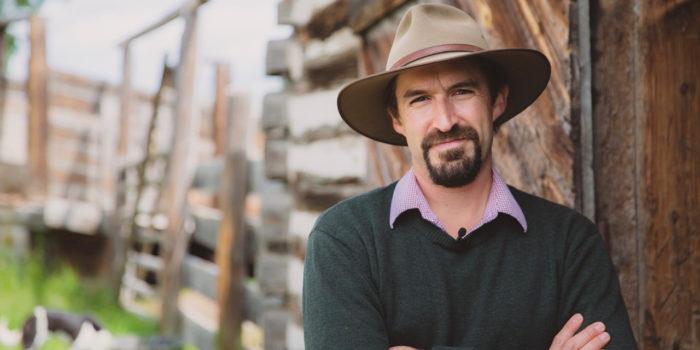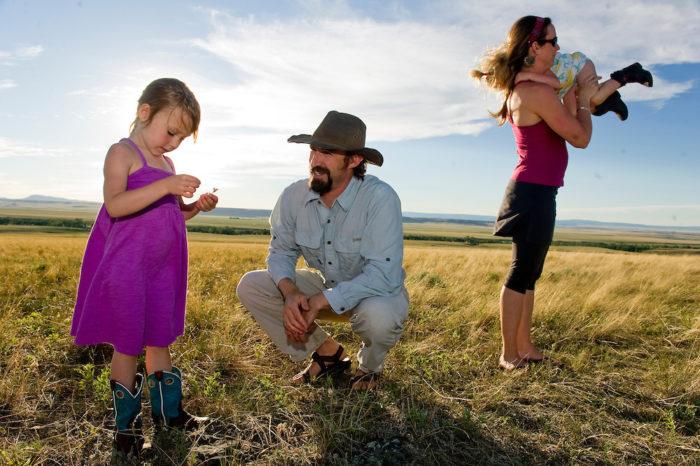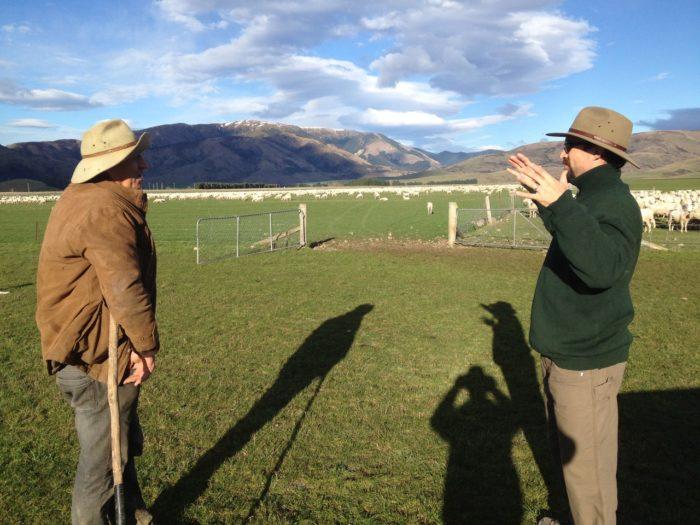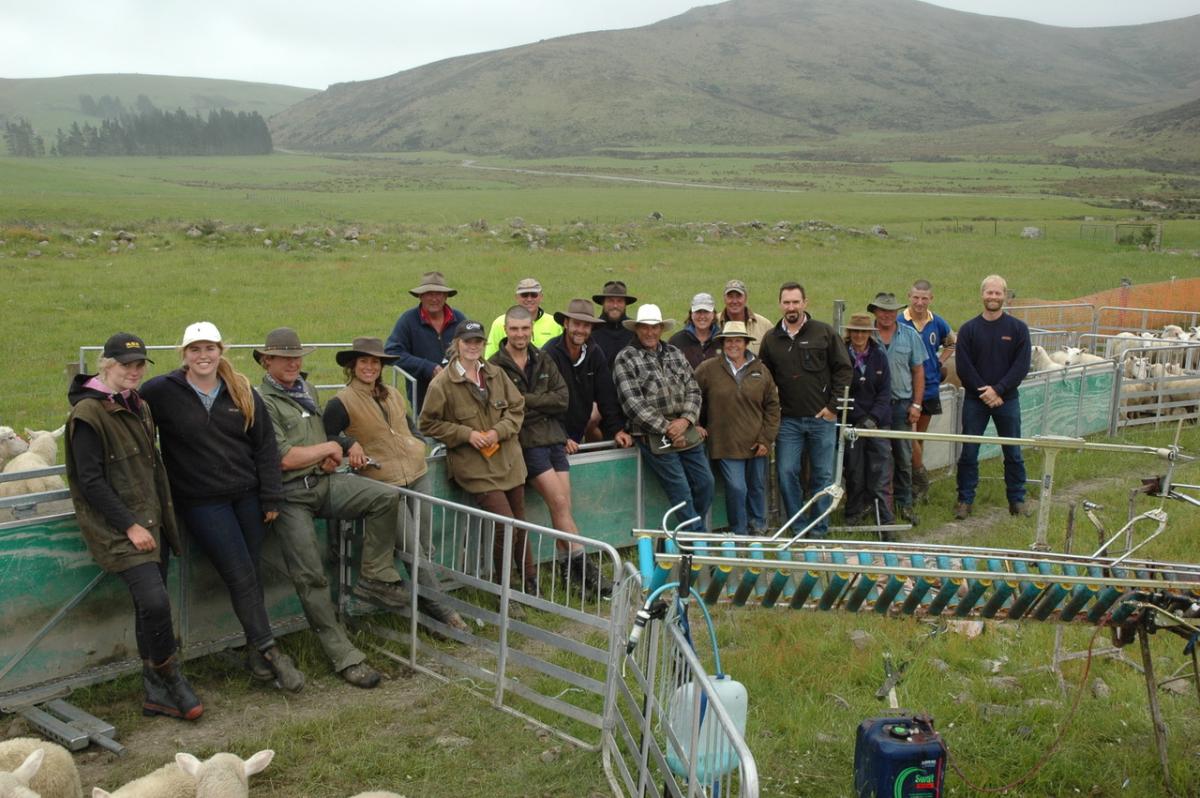The Life of a Modern Cowboy
Audio File
Audio File
Audio File
Zachary Jones is a rancher. But he’s no lone ranger.
In fact, people are at the center of his job. He’s even earned the nickname “push-button man” from his two young daughters. He’s often on his phone, email or Skype.
I had the pleasure of chatting with Jones about ranching. Before I could say “cowboy” he helped me understand how complex his job is. Jones is a specialist in “holistic management,” which means he thinks big picture, all the time. And he’s constantly working across community lines to educate people about the land, and our long-term impact on it.
Jones tells me about a day in the life of a holistic rancher, in this audio clip.
In 2009, Jones co-founded Savory Institute and Grasslands LLC, putting direct capital investment in holistically managed land-based enterprises across Montana, New Mexico, South Dakota, Hawaii, Florida, and New Zealand. Also in 2009, he co-founded Yellowstone Grassfed Beef, a Montana-based company selling local grass-fed beef.
Jones is even holistic in his hobbies, which he talks about in this audio clip.
Ranching runs deep in Jones’ blood – he is the fifth generation to run his family’s ranch on the windy plains of central Montana – but he’s not content looking to the past. He prefers to be a catalyst for future change.
Asked to describe the future of farming, Jones summarized his vision in five points:
- Give back more than we take.
- Strive for interdependence among social, financial and ecological dynamics.
- More closely mimic nature’s cycles vs. manipulating the land to fit human structures.
- Achieve greater connectivity between local and regional businesses.
- Create low barriers to entry so that more people – young and old – can find fun and fulfilling careers in agriculture.
Jones is a council member of the General Mills Organic & Regenerative Agriculture Advisory Council (ORAAC), which helps support and advance our sustainability goals. That comprises initiatives from reducing our carbon footprint to sustainably sourcing 100 percent of our top food ingredients by 2020.
According to Jones, “regenerative agriculture” can be hard to talk about because, by definition, it implies that there’s something wrong, missing or damaged and needs fixing. He says that’s not necessarily a bad thing.
“Regenerative agriculture is a hard concept to stomach but crucial to discuss as a community if we want to move forward,” he explained. “Life is so complex, we cannot pretend to have it figured out, so we need to look at where we’ve been wrong. Not in a negative way, not in a way that sends us to our rooms crying, but in an empowering way, so that we can acknowledge and work on fixing our mistakes.”
Jones measures success for himself and others not only financially, but also socially and ecologically. Revenue is important, but the balance sheets don’t account for how much grass is blowing in the wind at the end of the year, or how much social wealth is acquired from compliments and potlucks, for example.
In this audio clip, Jones explains the importance of long-term measurement.
“You could be a holistic monk and still get sucked into the money trap,” said Jones. “How do we measure the changes in soil carbon, or the number of microorganisms per cubic inch of soil? I don’t have it figured out, but we need to change our timeframe to evaluate success on a decade level, rather than a one-to-three-year level.”
That’s one of the challenges for the ORAAC.
At General Mills, we believe adopting healthy soil practices – and measuring improvements year after year – can make a huge impact on climate change, the long-term viability of our working lands and feeding the world.
Read more about regenerative agriculture and another ORAAC member, Joe Borgerding, here.







